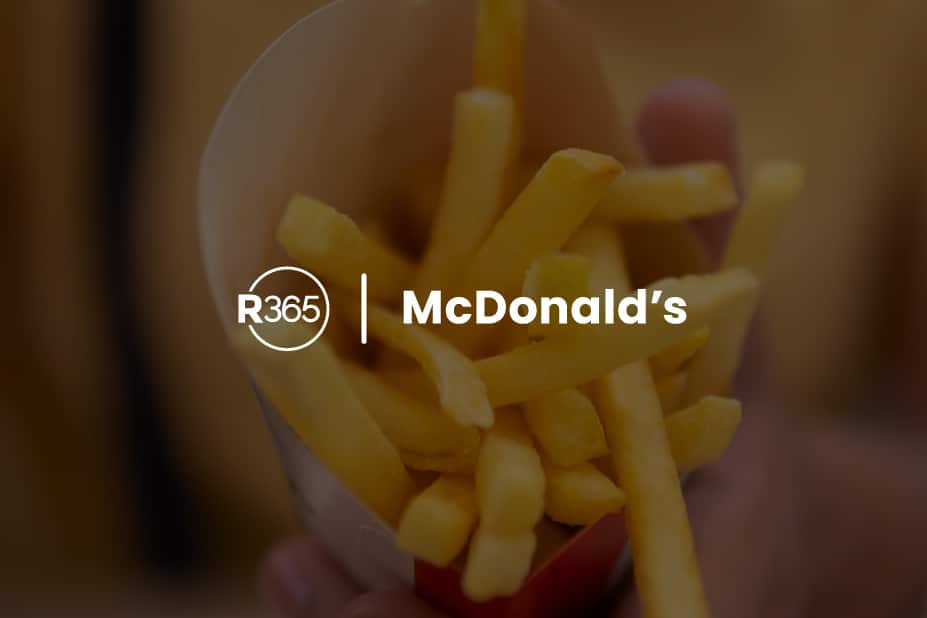What is the average profit margin for a restaurant can be an essential, but tough, question to answer. While profit margin may be a widely known metric, it can be difficult to fully understand everything that affects the calculation. Your restaurant profit margin depends on a number of factors that may be beyond your control.
However, understanding your average profit margin will help you track your restaurant’s financial health and show you where you can improve operations.
What is the Average Restaurant Profit Margin?
While many restaurant owners would like a definitive answer to this question, the average restaurant profit margin varies widely across different types of restaurants. Just as there is no single food and drink formula for restaurant industry success, there is no simple formula for a healthy profit margin. Your restaurant profit margin can be influenced by food and inventory trends, your geographic location, the state of the broader economy, and a wide range of other factors.
Gross Profit Margin
Your gross profit margin is what is left over from your revenue earned after deducting the cost of goods sold (CoGS), the cost of ingredients for your menu items. This number is helpful to measure restaurant efficiency, but it doesn’t take into account all of your operating expenses.
Net Profit Margin
Your net profit margin is based on your net income, which is your total revenue minus your operating expenses (your CoGS and other operating costs like payroll, taxes, maintenance, and rent). By dividing your net income by your total sales, you are able to account for all expenses associated with running a restaurant and understand the percentage of net profit you earn for every dollar you bring in.
Average Profit Margins by Restaurant Type
Full-Service Restaurants
A full-service restaurant typically includes table service and more involved customer service experiences, spanning fine dining to a sit-down dinner. With greater labor costs, FSR can fall into the 3-5% profit margin range, depending on restaurant size, menu item prices, turnover rates, and location.
Fast Casual Restaurants
Fast casual restaurants, also known as fast food or quick service restaurants, involve ordering at a counter or doing some level of self-service. Although factors like franchise affiliation may affect profit margins, fast casual restaurants typically have an average profit margin of 6-9%. This profit margin reflects the lower labor costs for pre-prepared food in the kitchen and a higher table turnover rate due to faster service.
Catering Services
Catering businesses range in size and business model, but generally, although CoGS may be the same between catering and FSR, catering can operate with much lower overhead costs. Profit margins average 7-8% for catering service businesses.
How to Improve Average Profit Margin
Understand and Monitor Your Metrics Regularly
Understanding your margins is the first step to improving them, and certain metrics, tracked through your restaurant accounting software, are key to getting the full picture of your average profit margin. For restaurant expenses, restaurant owners focus on three primary key metrics:
Cost of Goods
Cost of goods sold (CoGS) refers to the total cost of the inventory used to create food and beverage items during a specific period of time. Understanding your CoGS through accurate tracking with restaurant inventory management software helps you monitor how much profit you make per plate, informing critical menu engineering decisions.
Labor
Labor is one of your restaurant’s largest costs. Your labor costs include wages for salaried and hourly employees, in addition to other expenses associated with labor—overtime, payroll taxes, and employee benefits like health care and sick or vacation days.
Overhead
Overhead costs include your directly controllable expenses, like supplies, repairs, and marketing, as well as your non-controllable fixed operating expenses, such as rent, utilities, salaries, and insurance.
Increasing Your Restaurant Profit Margin
Your restaurant can improve profit margins and increase profitability in two primary ways: increasing sales or decreasing expenses. Although many restaurant owners focus solely on increasing sales volume, streamlining your expenses while maintaining your revenue can also go a long way to improving your margin. This is especially relevant as rising wages and food costs outside of your control can impact expenses.
To improve your profitability, consider not only strategies to boost sales, but also new technology solutions to save time and increase efficiency within your restaurant.
Upgrade Restaurant Technology
Restaurant technology innovations can help you streamline restaurant labor costs, one of your largest, most controllable expenses. Restaurant scheduling software, based on forecasting and sales per labor hour percentage goals, can help your management team optimize your labor hours while saving time and energy. Restaurant technology such as a mobile app has the potential to serve as a single point of contact for shift requests and company-wide messaging, boosting employee engagement.
Other restaurant technology, such as a fully integrated point-of-sale (POS) system and restaurant-specific accounting software, along with operational reporting and financial reporting tools can give your management team insight into business performance, while inventory management software and actual vs. theoretical reporting can help you reduce food costs.
Add Online Ordering to Your Restaurant
With 46% of smartphone users now using their phones to order restaurant takeout or delivery at least once a month, online ordering is a new tool to help grow sales. As online ordering grows more popular through services such as Grubhub, Postmates, Uber Eats, and DoorDash, many restaurants are adding delivery. However, make sure to consider the effects on your profit margin by using your restaurant management system to track the financial impact of adding a delivery service.
Manage Your Online Presence
Your online presence is more important than ever, with your new and existing customers looking online at your restaurant before ever even visiting.
To engage with your digitally minded customers, keep your website and menu up to date, and most importantly, mobile friendly. Prioritize managing your presence on major review sites, such as Yelp and Google, because these listings are created whether or not you update them. In addition, consider a strategy for responding to reviews in a polite, professional manner to stay proactive with your online reputation. Finally, with more customers relying on social media for discovery, maintaining a proactive social media presence can help you connect with new guests and engage with current regulars.
Adopt a Customer Loyalty Program to Incentivize Repeat Customers
A loyalty program can be valuable to create a deeper connection with your customers. Such a program can reward your regular customers through points or discounts, increasing sales volume and visits to your restaurant. A customer loyalty program can also help you track and understand essential data about your customers, helping drive menu item changes and informed business adjustments.
Conclusion
Understanding what is the average profit margin for a restaurant requires you to track essential metrics about your restaurant’s costs and sales. Insight into your profit margin not only ensures your business is healthy day to day, but also sets up your restaurant for long-term success.
If you would like to track your restaurant profit margin using tools like inventory management or smart scheduling, consider an all-in-one restaurant management system, now with the new Smart Ops Release. Restaurant365 incorporates restaurant accounting software, restaurant operations software, inventory management software, payroll + HR software, and scheduling software into a cloud-based platform that’s fully integrated with your POS system, as well as to your food and beverage vendors, and bank.



